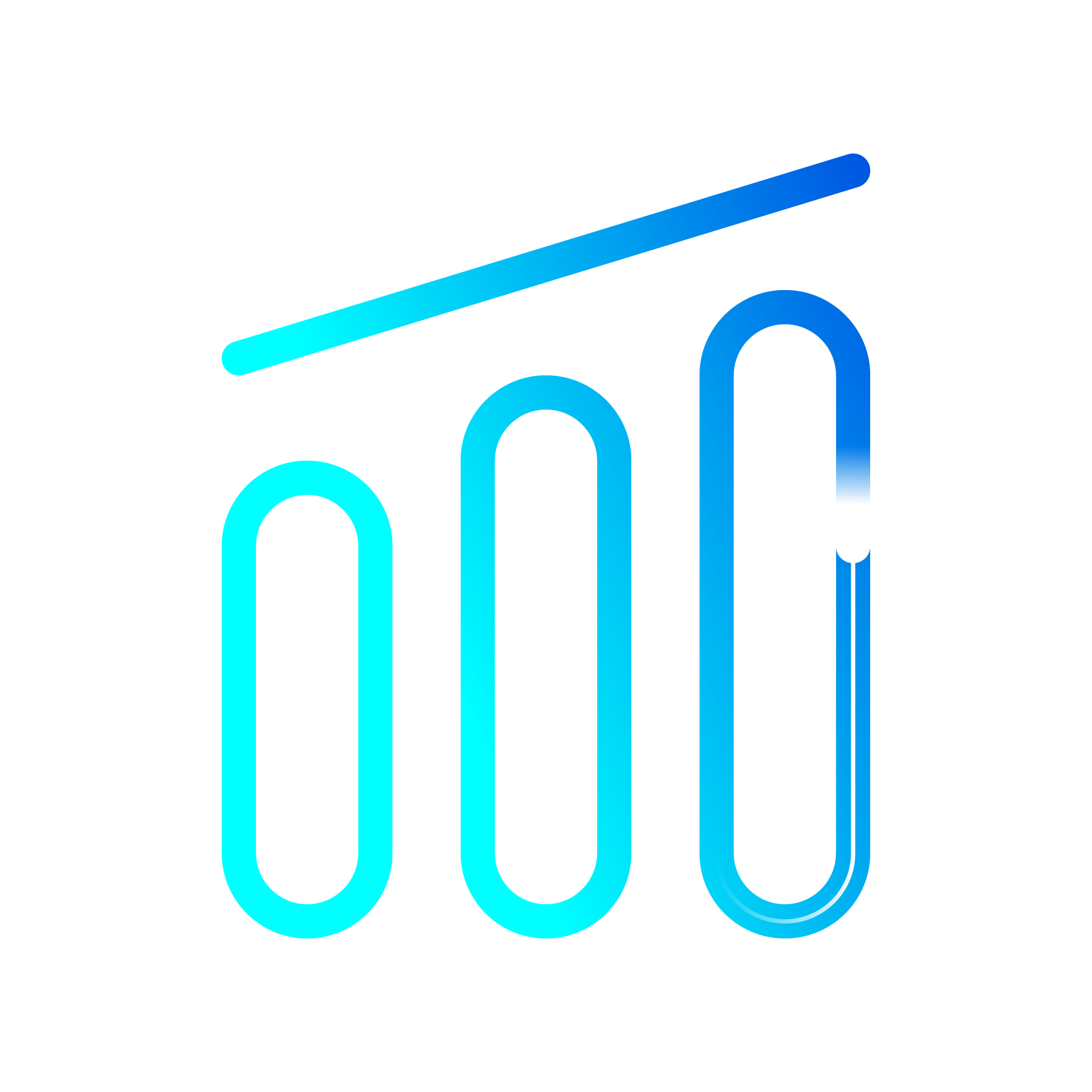how do your martech results measure up?
Today, marketing and technology go hand in hand. But it’s not enough to simply have the technology in place. Continuous monitoring and assessment of marketing performance, backed up by accurate and timely reporting, plays a crucial role in refining your ongoing marketing technology (martech) strategy. Marketing measurements are essential for quantifying and communicating performance results so stakeholders can evaluate the effectiveness of various marketing initiatives and make data-driven decisions to optimize strategies and improve results.
However, marketers often face several challenges when attempting to measure their marketing efforts. These challenges include:
- data challenges: Collecting and integrating data from disparate sources, such as social media, email and web analytics, can be difficult and time-consuming. Ensuring that data is accurate, consistent and reliable can be a significant obstacle, especially when dealing with large volumes of data from different sources.
- technical limitations: Limited access to advanced tools or lack of integration between various platforms and tool sets can hinder your team’s ability to collect, analyze and interpret marketing data.
- resource constraints: Time, budget and personnel limitations can make it difficult for marketers to allocate sufficient resources to measurement efforts.
While these challenges may seem daunting, it’s critical to overcome them so that your marketing organization can measure the key performance indicators (KPIs) you need to optimize your marketing strategy.
the ones to watch.
There are various KPIs that can be used to measure performance and track improvements in your success metrics. Some of the most common ones include:
- brand awareness measures the extent to which consumers are familiar with your brand, products and services.
- engagement metrics assess the level of customer engagement by measuring likes, shares, comments and other interactions on social media platforms.
- brand equity is a measure of the perceived value of your brand based on how much consumers trust, recognize and prefer your brand over competitors.
- conversion rate calculates the percentage of customers who complete a desired action, such as making a purchase or signing up for a newsletter.
- customer acquisition cost (CAC) indicates the average cost of acquiring a new customer, including all marketing and sales expenses.
- customer lifetime value (CLTV) is an estimate of the total amount of revenue a single customer might generate throughout their entire relationship with your brand.
- return on marketing investment (ROMI) measures the results of an investment by comparing the revenues gained to the cost of the investment.
KPIs such as brand awareness, equity and engagement, combined with metrics such as conversion rates, can feed into calculations of CAC, CLTV and ROMI. Taken together, these KPIs provide valuable insights into the effectiveness of marketing initiatives and how successfully you’re using your martech investments to help your team optimize them.
best practices for effective measurement.
Effective marketing measurement relies on a combination of tactics.
Setting clear objectives includes defining specific, measurable, achievable, relevant and time-bound (SMART) objectives to provide a framework for evaluating KPIs.
Data collection and integration from various sources and across martech stacks is crucial for accurate analysis and creating a comprehensive view of marketing performance.
Segmentation and personalization is a targeted approach that improves campaign effectiveness and allows for more precise measurement to optimize marketing spend.
A/B testing and experimentation provide data-driven insights into the performance of different marketing elements so marketers can make data-backed decisions to optimize campaigns.
Continuous improvement is essential. Regularly monitoring, assessing and refining marketing performance enables marketers to ensure that their efforts remain effective and aligned with business goals.
Implementing these strategies for effective measurement is essential for understanding the impact of marketing efforts, ensuring that resources are allocated efficiently and driving business growth. To learn more, read the eBook: Operational Metric Maturity and Overall Operational Maturity: The Connection.
emerging trends in marketing measurement.
The field of marketing measurement continues to evolve with emerging trends and technologies, allowing marketers to gain deeper insights and optimize their strategies more effectively. Some of the key trends include:
- artificial intelligence and machine learning: Artificial intelligence (AI) and machine learning (ML) technologies have revolutionized marketing by enabling sophisticated data analysis and prediction capabilities.
- predictive analytics: These tools use historical data to forecast future outcomes, helping marketers anticipate trends, identify opportunities and proactively adapt to market changes.
- evolving consumer behavior: Marketing measurement must continually adapt to track and analyze new types of behavior, interactions and touch points.
Embracing these emerging trends in marketing measurement allows marketers to stay ahead of the competition, improve marketing effectiveness and drive business growth in an ever-changing digital landscape.
the randstad digital difference.
Randstad Digital provides a wide range of digital marketing services and measurement capabilities to help optimize your martech landscape — including helping you leverage AI and gen AI, automation, predictive analytics and other cutting-edge technologies.
For example, our advisory services offer an end-to-end process, including assessments and recommendations for practical martech tools and KPIs so your organization can realize maximum ROMI. In addition, Randstad Digital talent services give you access to hard-to-find digital technology talent and professional development so you can take advantage of advanced capabilities — delivered with flexible engagement models that cater to your needs.
As a one-stop shop for end-to-end marketing technology services, Randstad Digital offers a unique perspective and capabilities that are bolstered by marketing capabilities from Cella, which include proven methods and custom solutions that can enable you to begin measuring your marketing return on investment.
Find out how we can help you establish and build KPI systems to maximize your martech investments and drive business growth.
email us at martech@randstaddigital.com.

